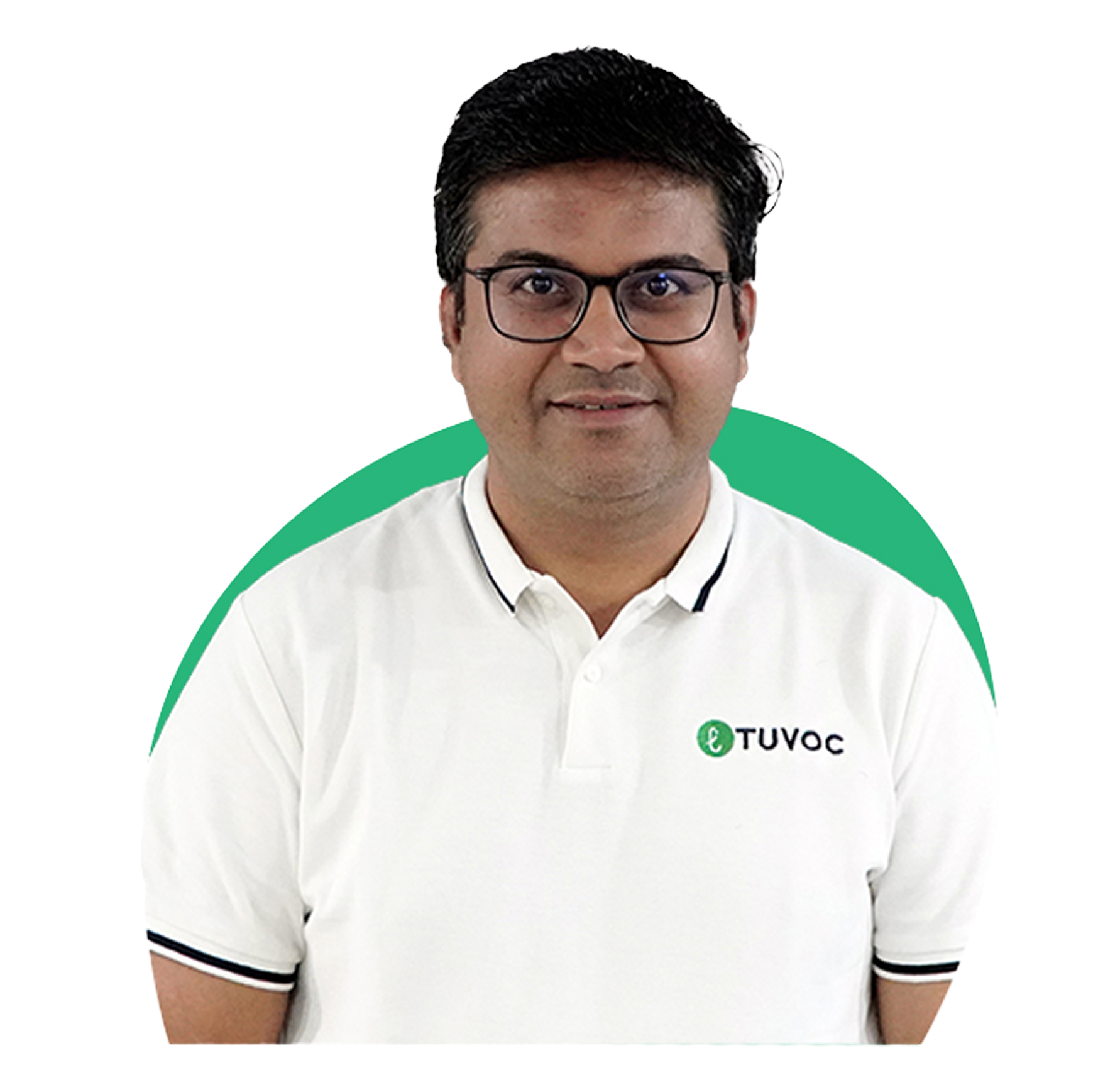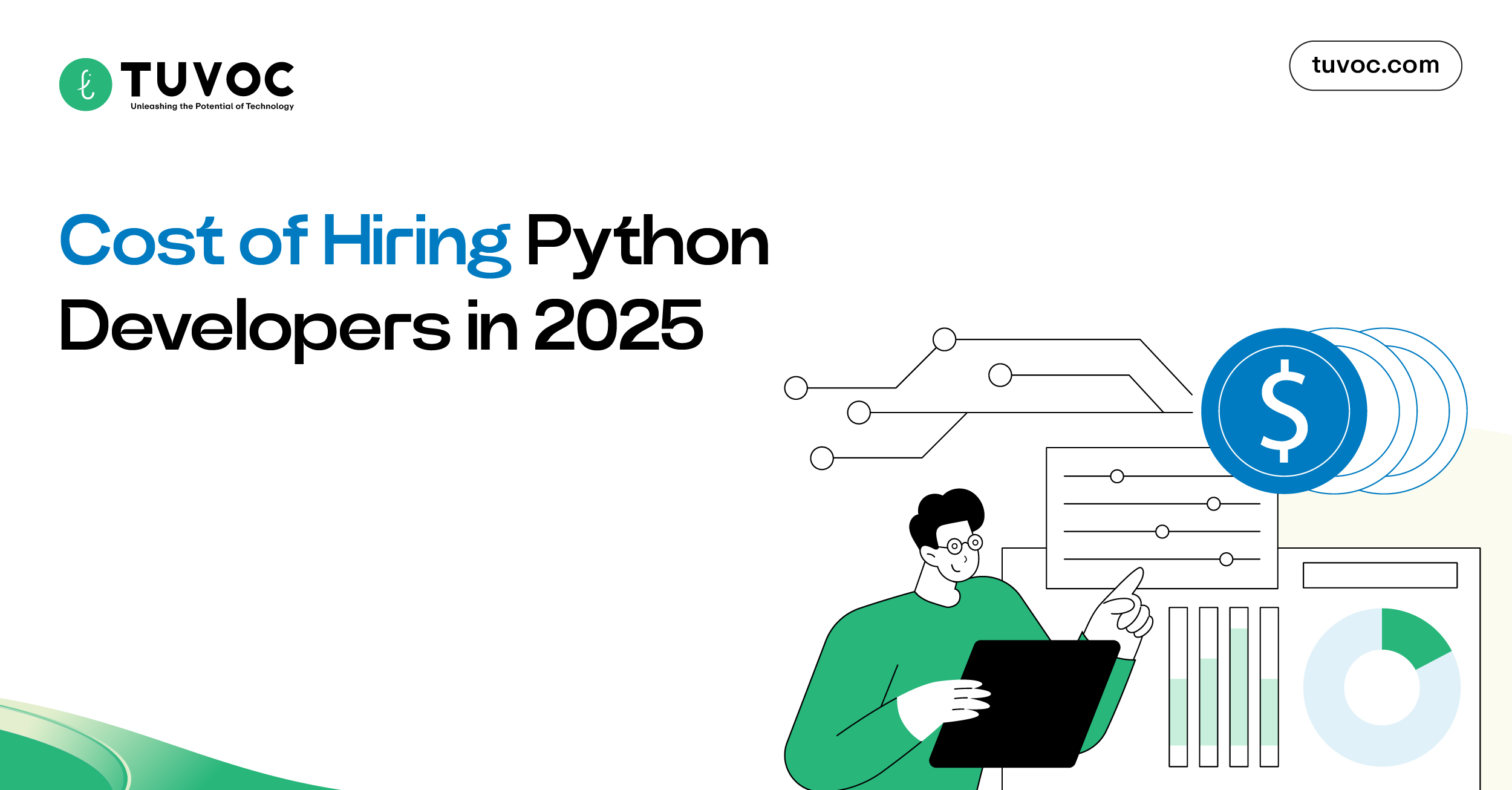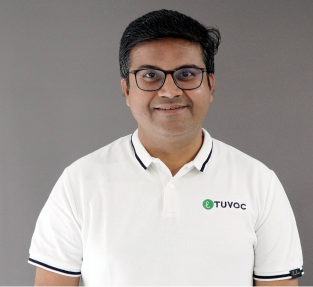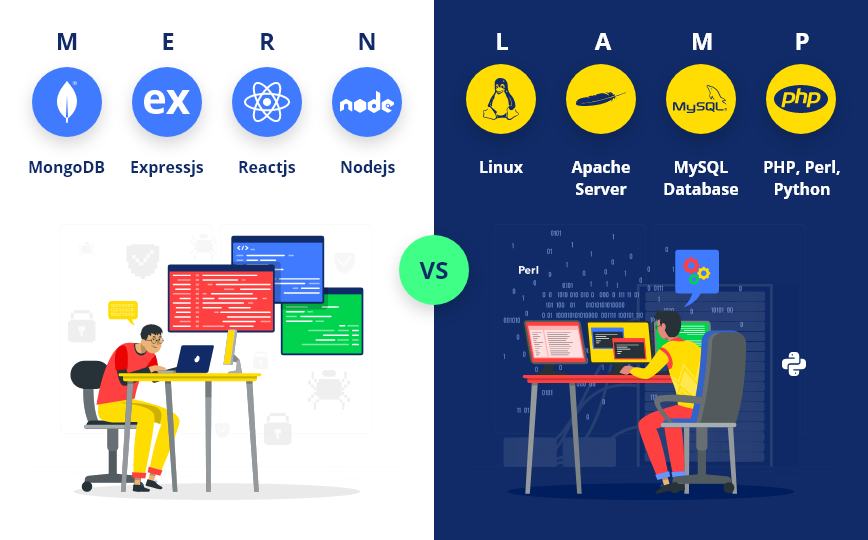We are living in a world surrounded by technological innovations where humans are making the most out of the technologies to improve their productivity. Speaking of technological innovations, the IT world is leading the space by bringing new updates and creating innovations every fraction of the second.
Be it software, operating systems, databases, or analytical systems – all are getting new updates at frequent times. As we speak about these IT assets – when gathered, they create a complete stack to develop cutting-edge software solutions.
When you hear about software development stack, you might be getting a hint of MEAN, MERN, and LAMP stacks. But you do find yourself often getting into hurdles to choosing the right software development stack for your dream project.
To make your hurdles easier, this blog aims to put some light on these web development stacks, where MERN (MongoDB, ExpressJS, React, and NodeJS) stack is making quite an impression in comparison to the LAMP (Linux, Apache, MySQL, and PHP) development stack.
Nowadays, it only takes about 0.5 seconds to judge your website and business. Hence, it becomes more crucial to choose your best website development stack.
Read this blog till the end to find the right-fit software development stack for a business-critical software development project.
MERN Web App Development Stack
MERN is a very well-known and open-source software applications development stack, helping businesses to rapidly develop the mission-critically software components, providing great performance in terms of speed and scalability.
MERN Stack Components:
- M – MongoDB (NoSQL Database)
- E – ExpressJS (Serverside application framework, providing back-support for NodeJS functions)
- R – ReactJS (JavaScript front-end library)
- N – NodeJS (JavaScript runtime environment or back-end)
As MERN stack uses JSX, enabling seamless component work, high-end application development, and intuitive user interfaces, it is adored by developers. Also, it uses JavaScript as its prime programming language, which helps developers to take a modern web development approach, bringing better performance. Due to its open-source nature, it has a global community of developers who are working all time to improve it to make it more efficient for developers.
In the MERN software development stack, the NodeJS compiler is adding more emphasis to it as it contains asynchronous nature delivering faster and more efficient software code processing performance. And which platform users’ don’t like that has a good and attractive front-end! ReactJS in this stack works exactly the same way, which provides an unparalleled user experience. Some of the famous IT products, like Google, Facebook, IBM, Netflix, Samsung, Airbnb, Uber, and Dropbox, which the whole world is using, are built using the MERN stack.
MERN Stack Limitations:
- In the MERN stack, though ReactJS offers cutting-edge interfaces and user experience, its JavaScript library nature limits developers to rely on third-party services.
- It needs an intermediate platform to make calls with the Backend services, which can’t be made directly.
- Hard to manage long-term code sustainability due to rapid evolvement in the JavaScript ecosystem.
LAMP Web App Development Stack
LAMP is a classic, open-source, and robust software development stack that offers an efficient platform to develop and host dynamic web solutions performing at large scales. As LAMP is the oldest and large community containing a software development stack, offering greater support, flexibility, and reliability for developers, it is extensively popular among developers.
LAMP Stack Components:
- L – Linux OS
- A – Apache Server
- M – MySQL database
- P – PHP, Pearl, Python
It contains several libraries and tools that offer unmatched stability and power to process complex components, making it the best suitable stack for building and managing dynamic web applications.
With its open-source nature – LAMP offers top-notch flexibility for developers to choose different development components to meet particular business requirements. For example, instead of Linux OS, it does allow developers to use MS Windows and MAC OS to create a platform-oriented software solution. Moreover, LAMP does allow developers to use Perl and Python instead of PHP to unlock a range of software applications.
So, then, LAMP would become a stack with components, like:
- Windows, Apache, MySQL, PHP/Pearl/Python
- Mac, Apache, MySQL, PHP/Pearl/Python
Because of these functionalities and countless modules, add-ons, and libraries, the LAMP stack is globally accepted and used by many businesses with wide community support. WordPress and Drupal, popular web applications are developed using LAMP stack.
LAMP Stack Limitations:
- When developing a large-scale web application, it will indeed get massive web traffic over time; however, to manage it, a strong web server is needed, which somehow Apache web server lag to meet the criteria.
- As the MEAN/MERN stacks are getting more attention for web applications development and provide NoSQL database (MongoDB) support, MySQL seems like losing the attention of audiences.
- LAMP is indeed the best choice to develop your web applications, but seeing the market competition and easy availability of JavaScript stack talents, businesses prefer to go for the MEAN/MERN stack for their dynamic or stack website development needs.
Conclusion:
Choosing the right web-based software development stack is the most critical decision that a company has to take while developing its mission-critical software application. In order to do such, companies need to see many parameters, but thinking from the developers’ perspective – both LAMP and MERN stacks are good choices for web application development. However, due to the rapid evolution ratio and wide community support, developers often find an inclination towards the MERN stack.
Hence, making a conclusive point, to find your ideal web development stack, you should consider some parameters, including web application development type, expected lifetime, your IT infrastructure choice, and ease of development, hosting, and management.
In order to get the right-fit solution for your web development project, you’ll also need an expert’s guidance, where full-stack software developers at Tuvoc Technologies could become your ideal IT web services provider. Need to discuss more? Contact us today!

Jitendra Rathod
Jitendra Rathod is the Founder & CEO of Tuvoc Technologies, with 28+ years of experience in full-stack development, no-code platforms, and emerging technologies like Python and AI/ML. He helps startups and enterprises with smooth project deliveries using modern technologies and agile development practices.
Have an Idea? Let’s Shape It!
Kickstart your tech journey with a personalized development guide tailored to your goals.
Discover Your Tech Path →Share with your community!
Latest Articles

How to Hire Bubble App Developers: Process, Tips & Strategies
Introduction Over three million developers have deployed 4.69 million applications worldwide, enabling businesses to enhance MVP development and launch it…

Understand Cost of Hiring Python Developers in 2025: Factors and Strategies
Note: The estimated cost of hiring Python developers can range between $ 15-17 hourly or more. The exact cost, team…

Top CTO Checklist for Hiring Python Developers
Introduction Python is among the popular programming languages due to its comprehensive libraries, frameworks, and versatility. Many popular companies like…



